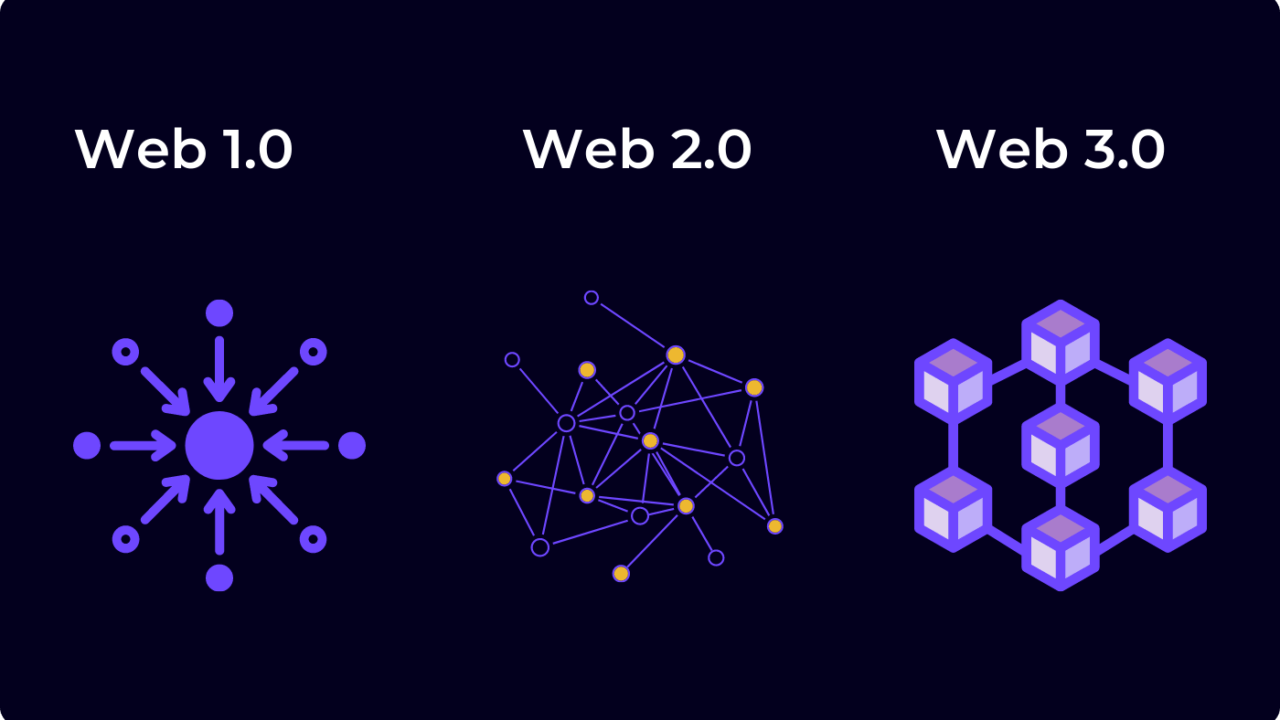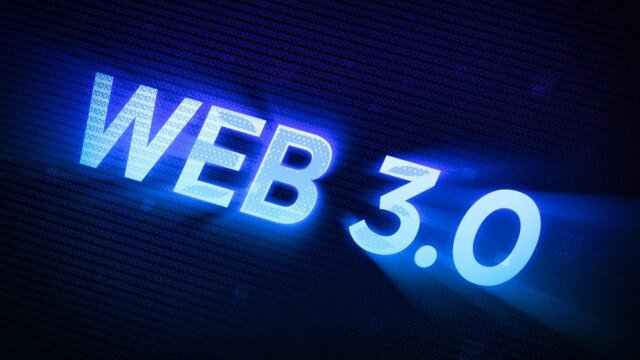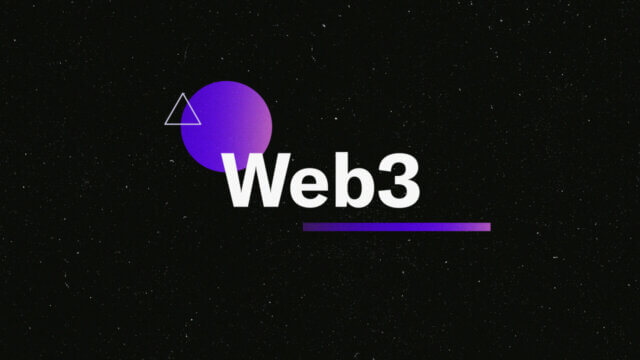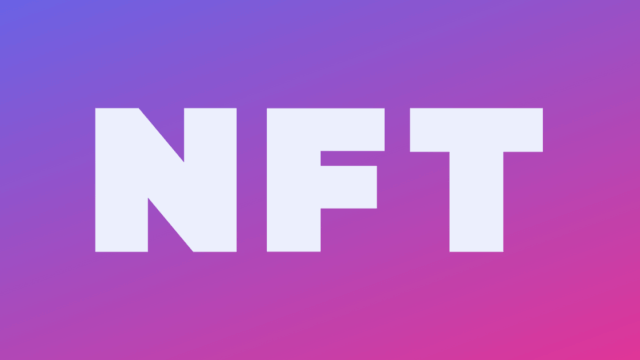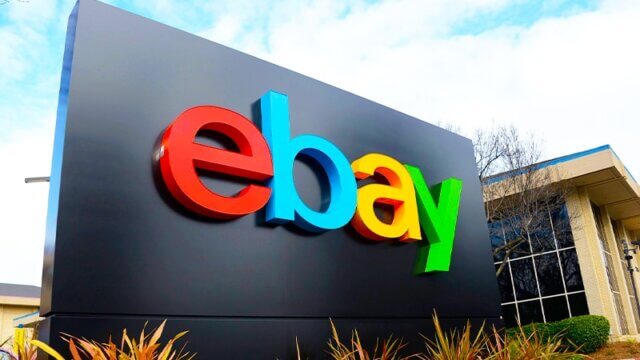Decentralized finance (Defi) and Web 3.0 have emerged as game-changing technologies in the financial industry. They have the potential to disrupt traditional financial systems and bring about a more democratized and inclusive financial landscape. However, as these technologies continue to evolve and gain mainstream adoption, regulators and policymakers are grappling with how to effectively regulate them.
Defining Defi and Web 3.0
Defi refers to the use of blockchain technology to create decentralized financial applications that operate without the need for a centralized intermediary. This includes decentralized exchanges (DEXs), lending and borrowing platforms, and other financial instruments. The goal of Defi is to create a more open and accessible financial system, where anyone with an internet connection can access financial services without the need for a bank account or credit score.
Web 3.0, also known as the decentralized web, is the next evolution of the internet. It is built on blockchain technology and enables the creation of decentralized applications (dApps) that can operate without the need for centralized servers. This allows for greater data privacy, security, and control for users.
The Intersection of Defi and Web 3.0
Defi and Web 3.0 are closely related, as they both rely on blockchain technology and aim to create a more decentralized and democratized internet. However, they also have unique characteristics and use cases. Defi focuses on creating decentralized financial applications, while Web 3.0 focuses on creating a decentralized internet.
One key area where Defi and Web 3.0 intersect is in the area of digital assets. Defi platforms allow users to trade and manage digital assets, while Web 3.0 technologies allow for the creation of new types of digital assets, such as non-fungible tokens (NFTs).
The Challenges of Regulating Defi and Web 3.0
Regulating Defi and Web 3.0 presents a number of challenges for policymakers. These technologies operate on decentralized networks, making it difficult for regulators to exert control and oversight. Additionally, the fast-paced nature of innovation in the Defi and Web 3.0 space means that regulations may quickly become outdated.
One potential solution is for regulators to adopt a “sandbox” approach, where they allow for innovation to occur within a controlled environment, while closely monitoring developments and adjusting regulations as needed.
Conclusion
Defi and Web 3.0 have the potential to revolutionize the financial industry and bring about a more democratized and inclusive internet. However, as these technologies continue to evolve and gain mainstream adoption, it is important for regulators and policymakers to understand their unique characteristics and challenges in order to effectively regulate them.
As you can see from the above diagram, Defi and Web 3.0 are closely related and intersect in the area of digital assets. They both rely on blockchain technology and aim to create a more decentralized and democratized internet. However, they also have unique characteristics and use cases. Defi focuses on creating decentralized financial applications, while Web 3.0 focuses on creating a decentralized internet.
